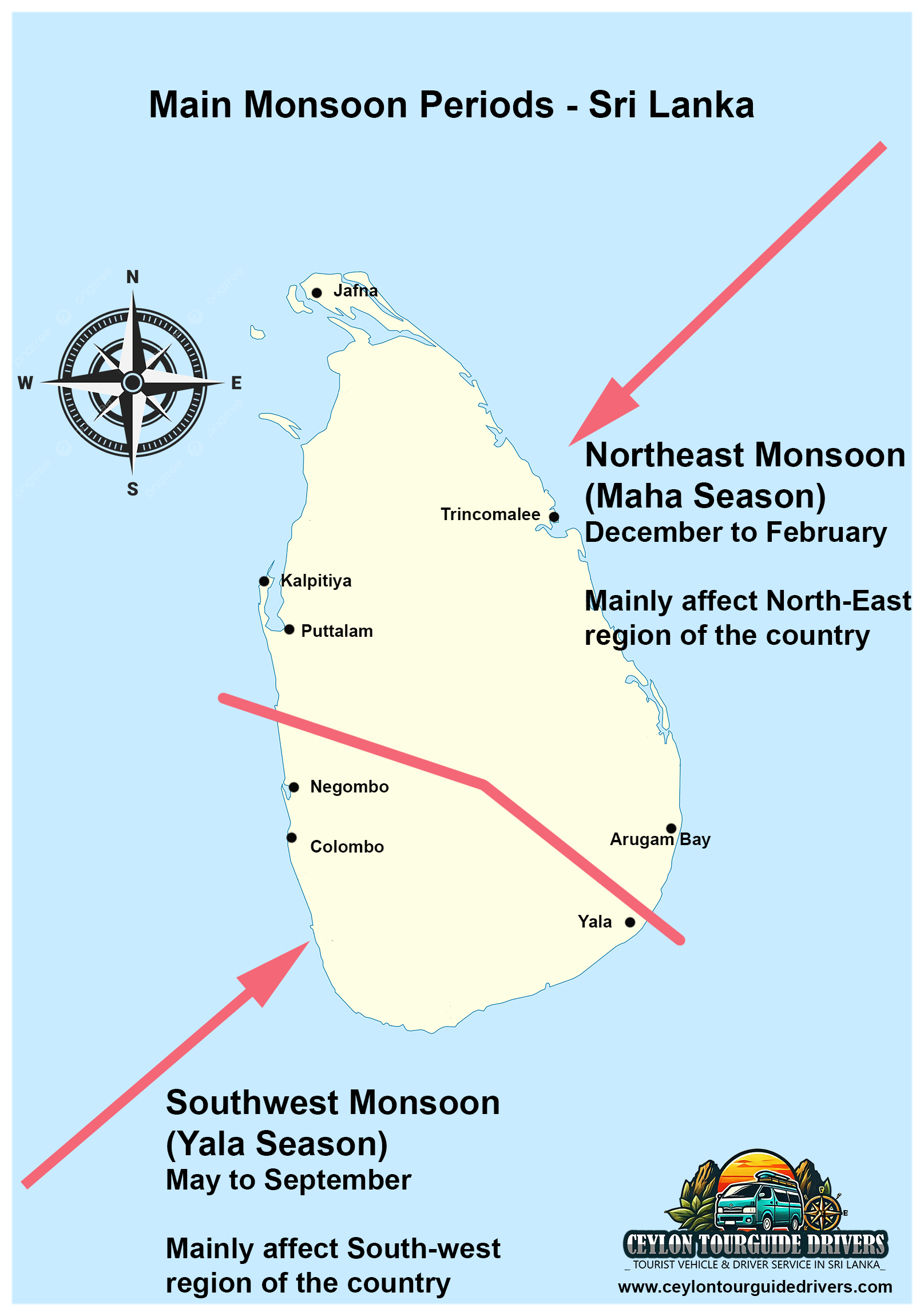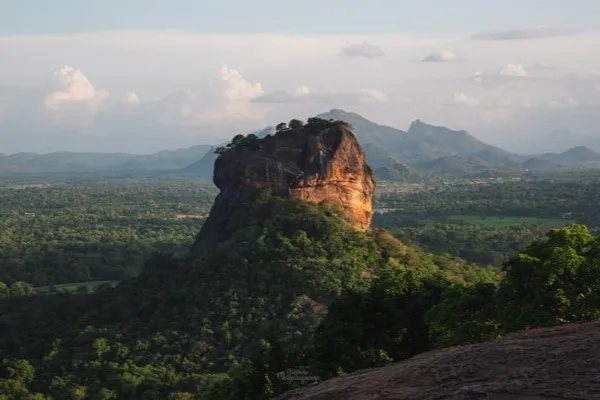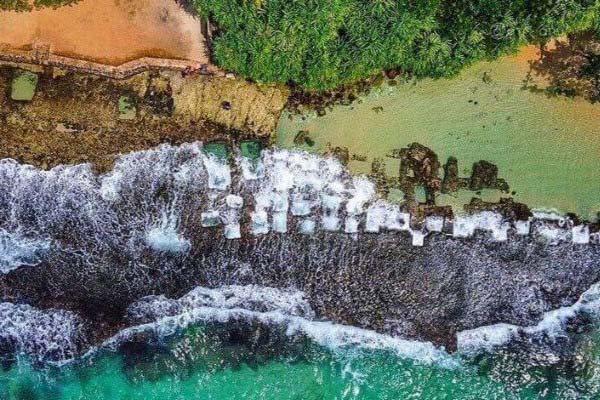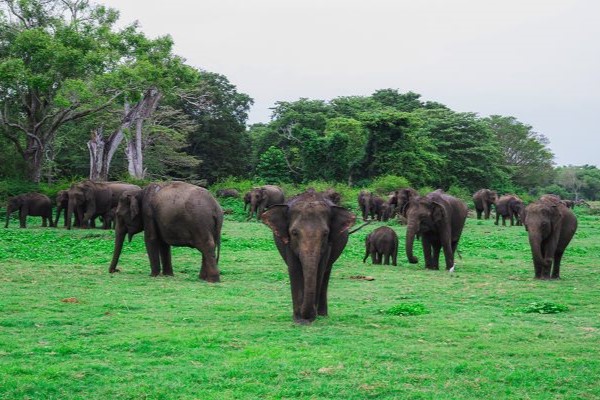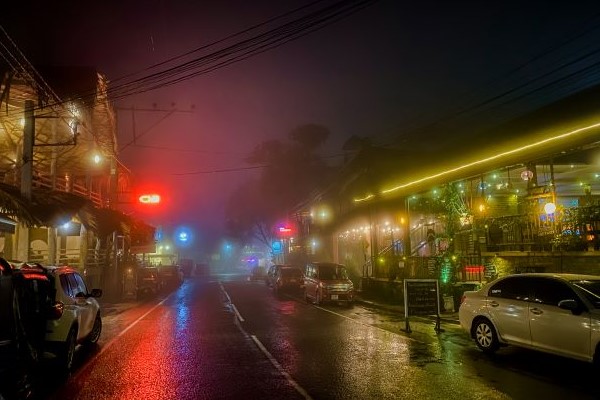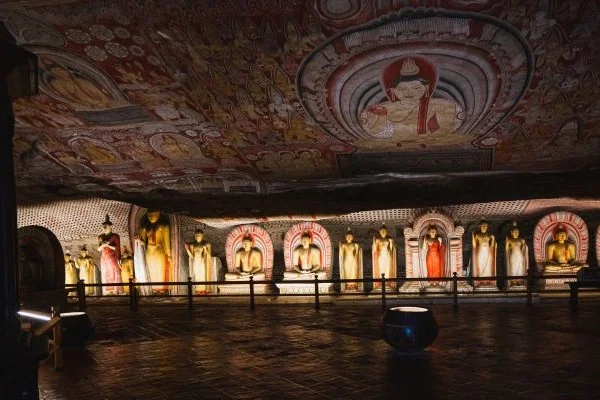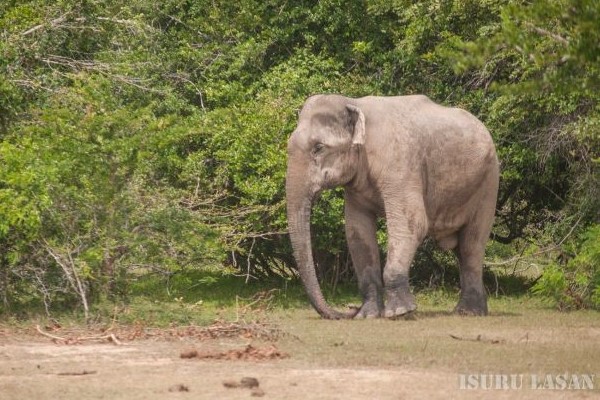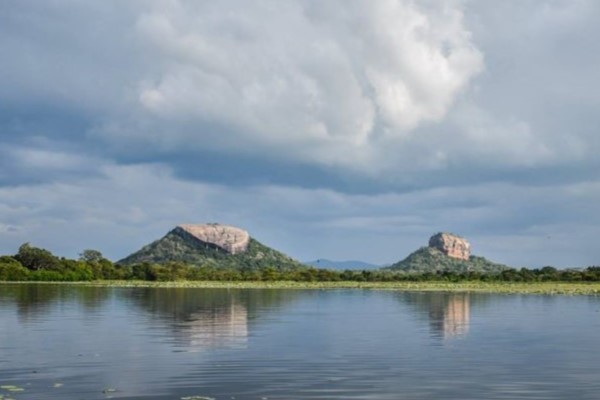Monsoon Periods and Patterns in Sri Lanka
Sri Lanka, a tropical island nation, experiences a unique and diverse climate influenced by its two primary monsoons: the Southwest Monsoon and the Northeast Monsoon. These seasonal wind systems significantly shape the island’s weather patterns, bringing rain to different regions at different times of the year. Understanding these patterns is crucial for travelers and locals alike to plan activities and agricultural practices effectively.
Southwest Monsoon (Yala Season)
The Southwest Monsoon primarily impacts the southwestern regions of Sri Lanka, including Colombo, Galle, Matara, and Ratnapura. These areas receive heavy rainfall, making it a wet season for the lush rainforests and tea-growing highlands. The hill country, especially around Nuwara Eliya and Ella, also experiences frequent showers.
Despite the rain, this season enriches the southwest’s verdant landscapes, offering a magical experience for those visiting waterfalls, tea plantations, and mist-covered hills.
Northeast Monsoon (Maha Season)
The northeastern regions, including Trincomalee, Batticaloa, and Jaffna, bear the brunt of the Northeast Monsoon. Rainfall is significant along the eastern and northern coastal areas, making this period less ideal for beach activities in those regions.
During this time, the southwest and southern coasts (e.g., Mirissa, Unawatuna, and Tangalle) enjoy sunny and dry weather, perfect for beach lovers and marine activities like whale watching.
Inter-Monsoonal Periods
During these transitional periods, scattered thunderstorms and unpredictable rain showers can occur across the island. The weather is generally humid, and no single region is overly affected, though short bursts of heavy rain are common.
These periods create a balance between rainfall and sunshine, with lush greenery and rejuvenated landscapes across the island.
Monsoon Impact on Travel and Agriculture
Monsoon patterns play a critical role in determining the best times to visit specific regions. While the southwest coast is ideal from December to March, the east coast shines from April to September. Travelers can always find a sunny spot in Sri Lanka, thanks to its alternating monsoon system.
The monsoons are vital for Sri Lanka's agriculture, particularly rice cultivation. The Maha season (Northeast Monsoon) is the primary cultivation period, while the Yala season (Southwest Monsoon) supports secondary planting.
Conclusion
Sri Lanka’s monsoon system, though diverse and complex, ensures that every corner of the island receives its share of life-giving rain. By understanding these patterns, travelers can plan their journeys to maximize experiences in the best weather conditions, while locals continue to thrive in harmony with the rhythm of nature.
